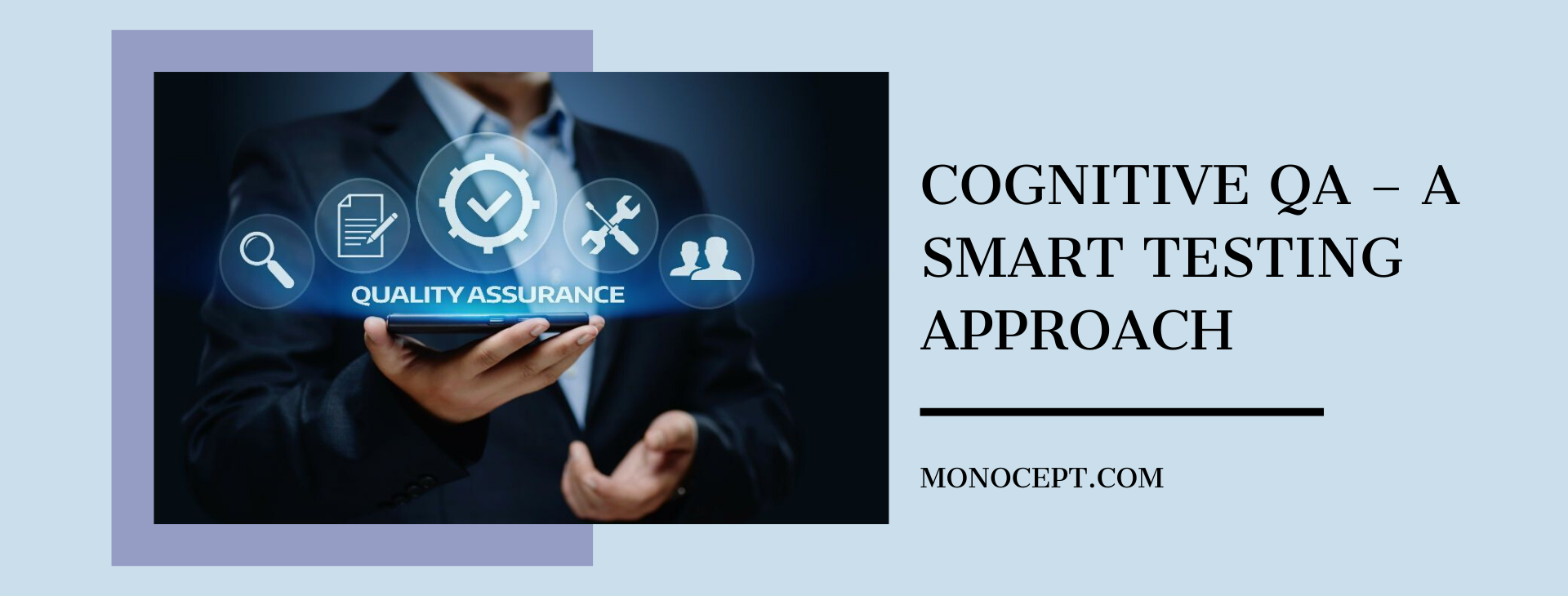Mobile Test Automation for Enterprises
Mobile phones have come to occupy a very important role in our lives. They are no longer communication devices, but are multipurpose personal gadgets that help its users carry out many day-to-day urgent and important activities to make their life simpler and smoother. Technological advancements have ensured that the market is flooded with not just a plethora of devices, but a number of operating systems, platforms. At the same time, mobile applications are becoming increasingly sophisticated. The number of smartphone uses is projected to grow to 2.5 billion by 2019 — which means that roughly a third of the world’s population will be on smartphones. All these variables make it imperative that organisations invest in devising a robust, end-to-end mobile test automation strategy. Mobile applications need to be tested to ensure that they run on all platforms, networks, and major devices to ensure their long-term success. And this needs to be done despite increasingly short mobile development lifecycles and accelerating time-to-market schedules, along with all the pressures associated with it.
Mobile test automation strategy refers to the selection of the right kind of automated tools, frameworks, and devices that have the best likelihood of meeting user needs and expectations, such as the ability to cater to functional, non-functional, and integration test scenarios, automation with minimal learning associated with mobile applications, automating tests so they can be carried our across platforms and networks simultaneously, and executing automated test scenarios within the agile and continuous integration test environments.
However, there are several challenges to using the test automation approach. The number of platforms, browsers and devices on which mobile applications are used are continuously being upgraded with customisations and new releases, with different runtimes, making testing a highly personalised undertaking, with multiple scenarios.
Despite the challenges, a test automation strategy is non-negotiable, because all businesses need to be available to their customers on smartphones, with many not being able to function without a mobile application altogether. Mobile test automation makes it possible to generate business leads by offering additional features and services, but only after thoroughly testing these features quickly and effectively. But before enterprises embark on mobile test automation, here are three key considerations:
What is the required automation?
Buying the right automation tools — object-based, image-based, or cloud-based is the first step to creating a mobile test automation strategy, depending on whether the most important variable within testing is whether the back-end is stable, the graphic user interface is stable, or there is a need for being able to test at any time, anywhere, on any device. Without a clear idea of this, devising an automation strategy is futile.
Are the tools versatile?
One tool is rarely sufficient to cater to all the cross-platform automation goals of a business, but the tools being bought must at least be adaptable to existing tools and testing frameworks, and should be compatible with all major devices, operating systems, and browsers. The idea is to buy tools that do not require a complete overhaul of existing infrastructure, which is an undertaking that can be achieved only at an exorbitant cost.
Will the tools enable comprehensive testing?
The tools that a business invests in should be equally compatible with real devices and simulators. While running tests on simulators has great advantages in the early development stage, because each functionality can be tested individually and thoroughly, eventually, testing needs to be done comprehensively on actual devices to gauge user experience in real time.





















































































